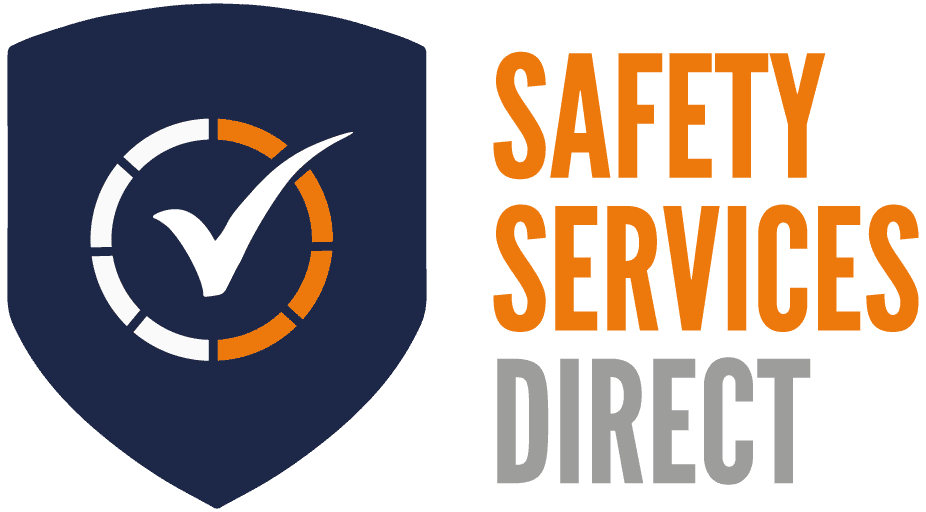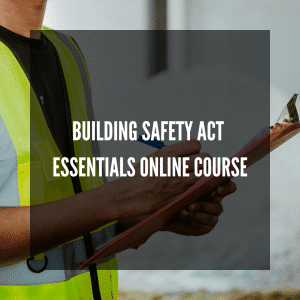Workplace safety is paramount. We all know it, but how many of us are familiar with the acronym “RIDDOR”? The Reporting of Injuries, Diseases, and Dangerous Occurrences Regulations is a crucial aspect of ensuring safe work environments.
So, in this comprehensive guide, Safety Services Direct explores RIDDOR, sharing what it stands for, what needs to be reported, and its significance in upholding workplace safety. Keep reading to find out how your organisation can enhance health and safety with RIDDOR.
What Does RIDDOR Stand for?
RIDDOR stands for the “Reporting of Injuries, Diseases, and Dangerous Occurrences Regulations.” It is a set of statutory regulations in the UK that places a legal obligation on employers, self-employed individuals, and employees to report certain workplace incidents.
RIDDOR has continuously evolved to meet the changing needs of workplace safety, keeping pace with industry developments, COVID-19 and more.
What Things Must Be Reported to RIDDOR?
RIDDOR casts a wide net when it comes to reportable incidents, encompassing various categories, from injuries to diseases and dangerous occurrences. If you’re wondering “What is a RIDDOR injury?” here’s a breakdown of the types of incidents that must be reported:
-
- Fatal Accidents: Any work-related incident that results in the death of an employee or a non-employee (e.g., a member of the public) must be reported.
- Major Injuries: RIDDOR mandates the reporting of specified injuries, which include but are not limited to fractures, head injury, amputations, dislocations, and serious eye injuries.
- Over-Seven-Day Injuries: If a worker or employee is unable to work for more than seven consecutive days as a result of a work-related injury, this must be reported by the health and safety executive.
- Occupational Diseases: Certain work-related diseases, such as occupational cancer, specific respiratory diseases, and dermatitis, must be reported under RIDDOR. These also include issues caused or made worse by work, such as carpal tunnel syndrome. These diseases often have a latency period and can result from long-term exposure to workplace hazards.
- Dangerous Occurrences: A dangerous occurrence is an incident that could have led to a more serious outcome but, fortunately, did not. These near-miss incidents must also be reported. Examples include the collapse of scaffolding, the release of dangerous substances, and incidents involving machinery or equipment that could have caused severe harm.
- Gas Incidents: Gas-related incidents, including gas leaks or gas appliances causing unintended explosions, fires, or exposure to harmful substances, are reportable under RIDDOR.
- Heat-Induced Illness: Another reportable injury is ill health induced by occupational exposure to heat. This may result in anything from heat stroke to serious burns.
- Biological Agents: If there is accidental release or exposure to biological agents that are hazardous to human health, such as viruses or bacteria, this must be reported in line with health and safety procedures.
- Radiation: Incidents involving the release of radioactive materials or radiation exposure that exceeds specified dose limits must be reported.
- Collapse or Overturning of Equipment: Workplace accidents where equipment or machinery collapses or overturns and leads to injury or a risk of injury should be reported.
It’s important to note that it is mandatory for employers, self-employed individuals, and people in control of workplaces to report incidents under RIDDOR. Accurate and timely reporting ensures that authorities can investigate incidents and take necessary steps to prevent similar occurrences in the future. Additionally, RIDDOR data is crucial for statistical analysis and improving workplace safety standards. Failure to report work-related accidents and incidents can result in legal consequences.
The Significance of RIDDOR
RIDDOR has a significant impact on workplace safety statistics. By requiring organisations to report certain accidents and incidents, it creates a comprehensive database of workplace incidents. This data is invaluable for identifying trends, patterns, and areas of concern, which can then inform safety measures and policies.
The statistical impact of RIDDOR is two-fold. Firstly, it allows authorities to analyse reported incidents and identify common trends in workplace accidents. They also facilitate in-depth investigations to determine the root causes of accidents or dangerous occurrences. By understanding why incidents happen, organisations can implement preventive measures to eliminate the underlying causes. This analysis can lead to developing targeted safety measures and regulations to mitigate these risks.
Secondly, the data collected through RIDDOR reporting serves as a benchmark for measuring safety improvements. Organisations can track their safety performance over time and take corrective actions based on statistical trends. As one of the most effective ways to prevent workplace injuries is to learn from past mistakes, RIDDOR reporting plays a crucial role in this process:
Then, there is the fact that RIDDOR promotes transparency and accountability while enabling workplaces to learn from one another. Lastly, RIDDOR reporting raises employee awareness about safety. When workers know that incidents are reported and acted upon, they are more likely to participate in safety initiatives and practices, contributing to a safer work environment.
Navigating RIDDOR Reporting
Reporting accidents to RIDDOR can be straightforward when you follow the correct steps. We’ll walk you through it, step-by-step:
- Identify Reportable Incidents: The first step is to identify incidents that fall under RIDDOR reporting requirements, as outlined above.
- Gather Information: Collect all relevant information about the incident, including details about the individuals involved, the date, time, and location of the incident, and a brief description of what happened.
- Notify the Appropriate Authorities: Report the incident to the relevant authorities, such as the Health and Safety Executive (HSE) in the UK, using the official RIDDOR reporting channels. Ensure that all required fields and information are accurately filled out in the report.
- Maintain Records: Much like RAMS, it’s important to keep detailed records of the incident and the reporting process, as this documentation can be crucial for future reference, audits, and investigations.
- Review and Learn: After reporting, conduct a thorough review of the incident to identify root causes and opportunities for improvement. Use this knowledge to enhance safety measures in the workplace.
How Does RIDDOR Related to RAMS?
RIDDOR and RAMS (Risk Assessment and Method Statements) are both important aspects of workplace health and safety in the UK. While they are related in the context of ensuring safety at the workplace, they serve distinct purposes and are applied differently. Let’s look at this in greater detail:
RIDDOR (Reporting of Injuries, Diseases, and Dangerous Occurrences Regulations):
- RIDDOR focuses on the reporting of specific types of workplace incidents. It is a legal requirement that mandates employers, the self-employed, and individuals in control of workplaces to report certain accidents, injuries, diseases, and dangerous occurrences to the appropriate authorities.
- RIDDOR aims to collect data on workplace incidents to monitor and improve health and safety, identify trends, and take appropriate measures to prevent future accidents and illnesses.
- The incidents that must be reported under RIDDOR include serious injuries, fatalities, certain occupational diseases, and dangerous occurrences (near misses or incidents that could have resulted in serious harm).
RAMS (Risk Assessment and Method Statements):
- RAMS, on the other hand, is a proactive tool used in health and safety management. It involves a systematic process of identifying potential hazards in a workplace, assessing the associated risks, and outlining the methods and procedures for safely carrying out tasks.
- RAMS are often prepared before a project is started and serve as a roadmap for workers, helping them understand the risks involved in a task and the precautions to be taken to mitigate those risks.
- The objective of RAMS is to prevent accidents and incidents by planning and managing work safely. It is a crucial part of an organisation’s health and safety management system.
While RIDDOR and RAMS are different, they are related in the broader context of workplace safety. RAMS are used to identify and mitigate risks to prevent incidents that might otherwise need to be reported under RIDDOR. In other words, RAMS help organisations proactively manage safety, while RIDDOR deals with incidents that have already occurred.
Conclusion
RIDDOR is a cornerstone of workplace safety. It’s more than a set of regulations; it’s a commitment to the well-being of workers and workplaces. However, it is not enough. Proactivity is necessary when it comes to health and safety. To that end, enrolling employees in applicable health and safety courses, investing in proper personal protective equipment, and making use of a safety advisory service are all also recommended. Embrace it, and together, we can make workplaces safer for everyone!









